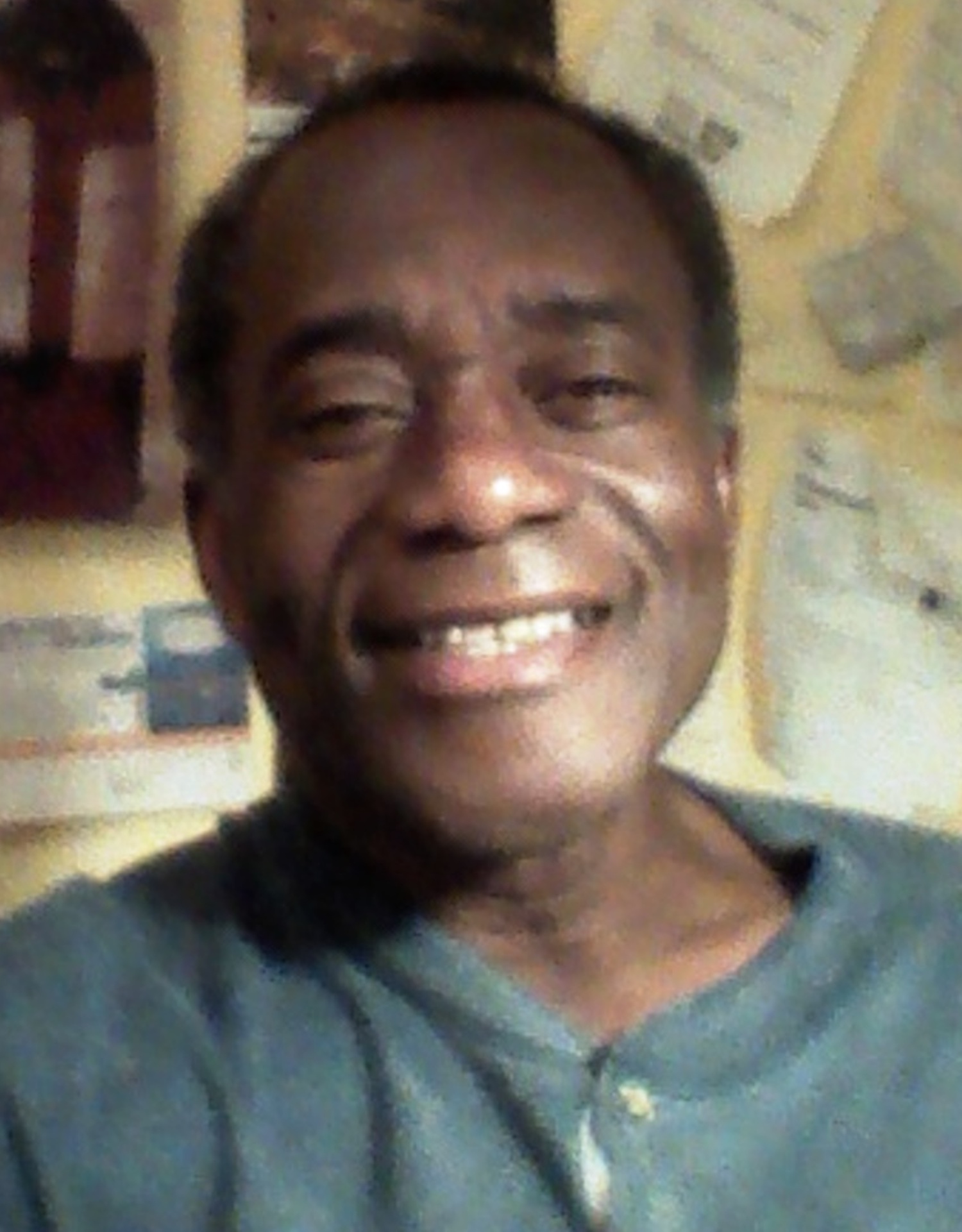A mainstay in the History and African and African American Studies (AAAS) program, Dye was the first person hired at UM-Dearborn whose academic line was stated as "African and African American Studies."
AAAS Associate Professor Terri Laws co-taught the “Studies in Detroit Culture” course with Dye for several years. She said he had a variety of experiences — like growing up in Detroit, a work history that started in a Chrysler factory, founding Detroit’s CityView newspaper (which he sold in 2000) and more — that culminated in an expertise that blended academic theory and real life.
“He was a busy guy because he wanted new experiences that he could learn from. Of all these things he did, something he enjoyed the most was being able to go home and read books, do his research and share his knowledge. Having a life of the mind was an incredible gift to him,” Laws said. “He knew the power of knowledge and had this incredible ability to share information regarding sensitive topics with others in a way that was real, but wouldn’t make people defensive. He’d get needed conversations going.”
Literature and Humanities Professor Deborah Smith Pollard, who helped create the AAAS program with Lunn and other campus faculty, said Dye took on more new courses than most people would have normally handled — and he did it with a smile.
“He always brought his unique sense of humor to the room. All of that along with his work in the community as a journalist, historian and an activist made him a respected and appreciated colleague,” Smith Pollard said. “One of the most interesting experiences both Professor Dye and I had was presenting historical and cultural context at the Motown Museum for recordings, including speeches by Dr. Martin Luther King and poetry by Langston Hughes that were beyond the R&B songs most people think were the Motown Records’ entire focus.”
Dye educated people about the Black experience outside of the classroom too. Sociology Associate Professor Ivy Forsythe-Brown said one of Dye’s research areas was on the Black Manifesto and he would go into communities to present his work and answer questions. Developed during the National Black Economic Development Conference in Detroit in 1969, the Black Manifesto demanded reparations from white churches and synagogues for their participation in the injustices of slavery and segregation committed against African Americans.
Dye would avoid the pro-and-con polemics about reparations themselves, instead focusing on why reparations arose as a momentous departure from the more traditional 1960s civil rights advocacy efforts based around social integration.
“Keith did research and presentations on the Black Manifesto and its links to Christ Church Cranbrook in Bloomfield Hills,” Forsythe-Brown said. “I heard Keith do a very well-received presentation on it at the church.”
History Professor Georgina Hickey said she was always impressed with how deeply Dye connected with UM-Dearborn’s students. Hickey said Dye built warm and trusting relationships with students even while challenging them to think more critically. Students often shared that they wished they had an educator like Dye in their lives sooner.
“Students wrote how much they enjoyed his courses, but were mad that they didn’t get the information he taught them prior to college,” said Hickey. “He opened so many minds when it came to the history of racial relations, institutional racism and its effects, and why the city of Detroit and its residents have experienced what they have.”
Reinforcing the bond Dye had with his students, Keith McCallum — who took Dye’s “Studies in Detroit Culture” course in Fall 2015 — said Dye helped him view his hometown in a new light.
McCallum, who now works as the director of client services for the Detroit-based legal nonprofit Street Democracy, said he saw his own vibrant eastside Detroit neighborhood go from a place with fond memories of planting flowers with his grandmother in the 1980s to one where the home burned down when a vacant house next to it caught fire — resulting in her garden becoming a bed of overgrowth. McCallum said Dye explained detailed reasons for these neighborhood changes through a social and historical lens. But he also explained to McCallum why there is hope, especially when it comes to Detroit.
“I knew things were transitioning when I was a kid, but I didn’t know why. Professor Dye helped me connect the dots,” McCallum recalled of their conversations in 2015. “I am so saddened to hear of his passing. He is an unforgettable fixture in my educational journey. I learned about how resilient Detroit was and is and we talked about how access to opportunities can make or break a city. I am very thankful for Professor Dye. His lessons will always be with me.”
Article by Sarah Tuxbury.







